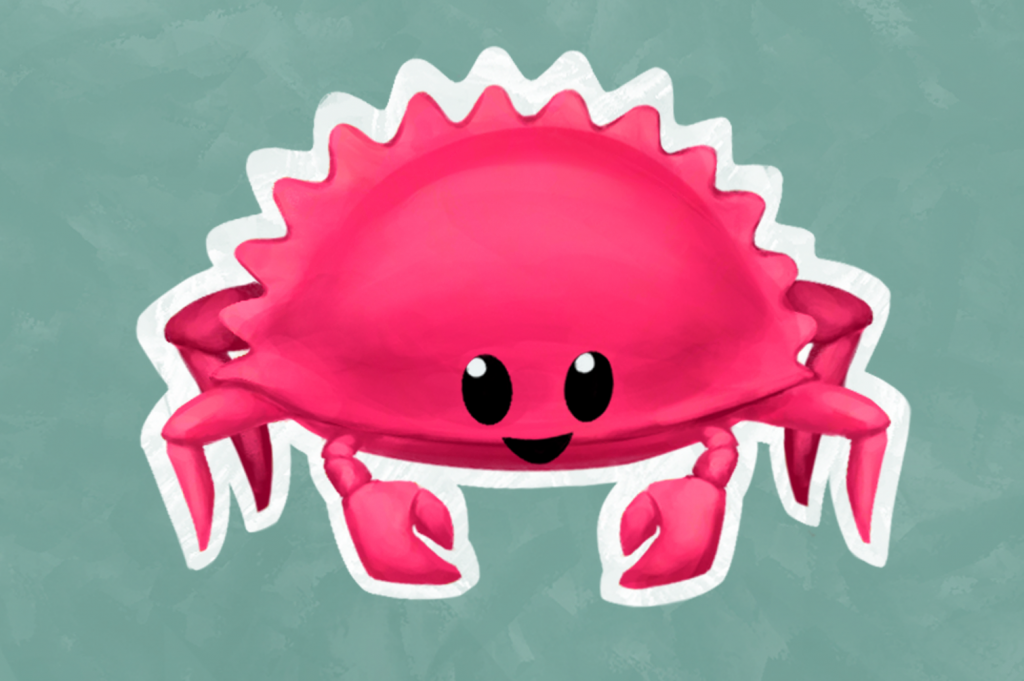Sailing Toward Astropad and Luna for Windows
2019 was a crazy roller coaster of a year! So much has happened since we first launched Luna Display in 2018. Our team has nearly doubled in size, we were “sherlocked” by Apple, and we introduced Mac-to-Mac Mode in Luna Display 4.0. With the start of the new year, we’re excited to share an update on our progress toward Astropad and Luna Display for Windows. Here’s an inside look at our journey so far, and a sneak preview of where we’re headed.

Taking a Deep Dive with Rust
To bring Astropad and Luna Display to Windows, our Engineering team is working hard to rewrite our code in the Rust programming language (whose internet mascot is an adorable crab!). One reason for translating our core technology to Rust is its ability to support multiple operating systems, including Windows. Beyond that, Rust also brings improved safety, speed, and performance to our foundational code. For more background on our decision to move to Rust, continue reading here: Why We’re Bringing Astropad Cross-Platform with Rust
While the journey to go cross-platform has not always been a straightforward path, we’re excited to celebrate some of the major milestones that we’ve already met along the way:
- Learning Networking & Windows desktop capture
- Achieving a working Windows desktop display on an iPad
- An early desktop app prototype of Astropad for Windows!
But there’s much more to do! In early 2020, our next goals are:
- Obtaining basic keyboard- and mouse-input
- Performance improvements, including greater fluidity and less latency!
- Getting the desktop app prototype to work with our Astropad iPad app

Building an HDMI Prototype
In addition to guaranteeing that existing Luna USB-C units will work on Windows, part of the cross-platform journey means developing a Luna HDMI unit!
To do this, our Hardware and Firmware Engineers researched the hardware and software specifications required to use an HDMI monitor as a second screen for a Windows PC. The engineers then built a protocol analyzer board to intercept and log passing data traffic in order to further study the connection between monitor and PC. On the board, they also included a microcontroller on which we can start developing our own Luna code. This microcontroller allows us to move towards a working physical prototype without needing to have all of the parts finished first.
Now that we have nearly figured out how to build a sufficient HDMI unit using the protocol analyzer board, we’re working to whittle all of it down into a smaller functional form! Our hardware engineer created a virtual prototype of the smaller Luna circuit board in a software tool called Altium. We then used that design to build the physical circuit boards to continue coding on and testing:

But we’re not finished! Some notable milestones to look out for in 2020 are:
- Finalizing the Luna HDMI design, including the hardware underneath the red casing!
- Completing the list of required materials for our manufacturer to get ahead of long shipping times and material availability
- Design and manufacture the Luna box and packaging!

All Hands on Deck: Upcoming Betas
Our mission is to give our users the best possible user experience and to do that we need all the feedback we can get. In the first half of 2020, we’ll begin beta testing on Astropad Studio with a private beta group before moving into a full public beta. We also plan to do a test manufacturing run of 100 Luna Display HDMI units.
After an extensive round of testing, we’ll get ready to launch Luna Display for Windows on Kickstarter later in the year. Sign up to receive updates on our Windows journey, the free Beta program, and Kickstarter news!
To read more about our journey, visit astropad.com/windows and check out our second Windows Progress Report!
[thrive_leads id=’16549′]





